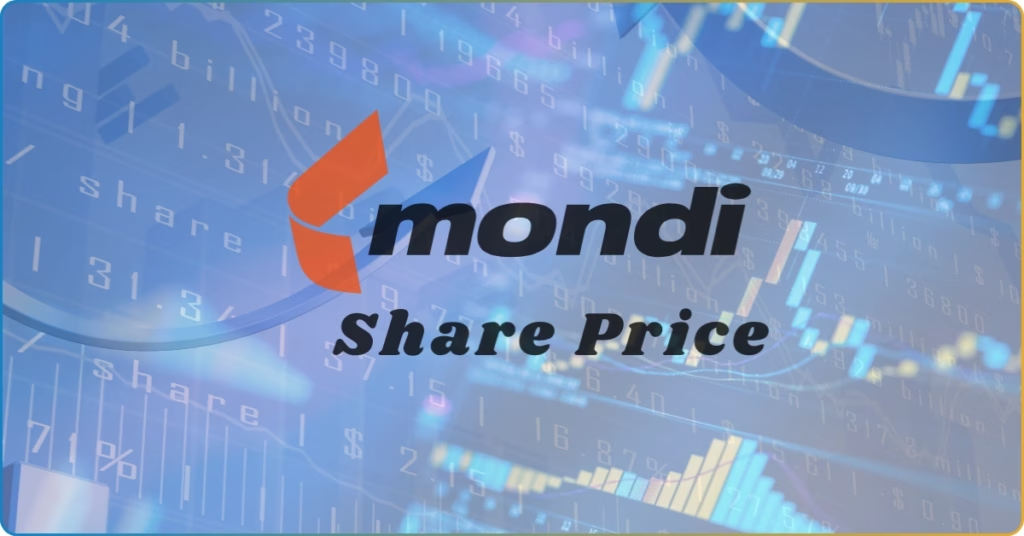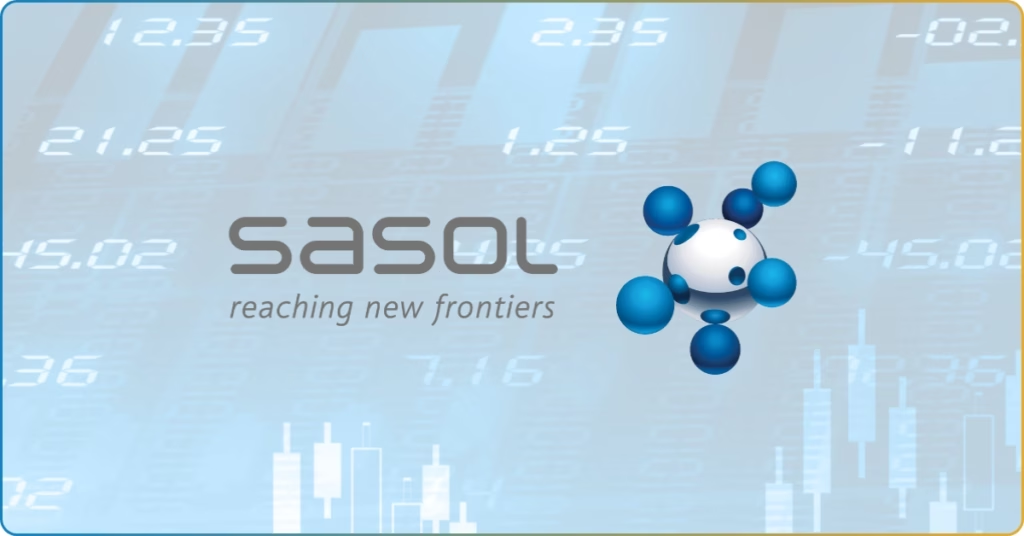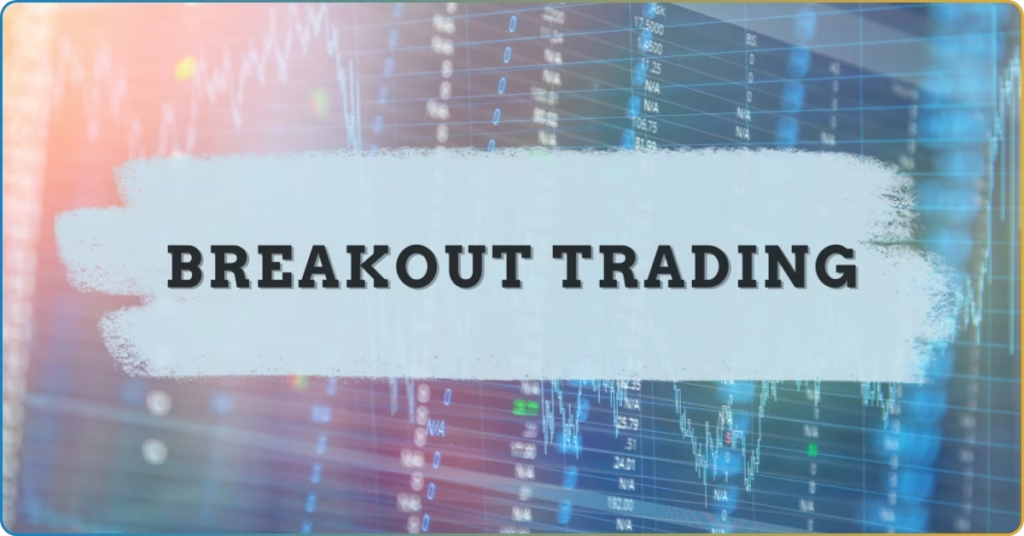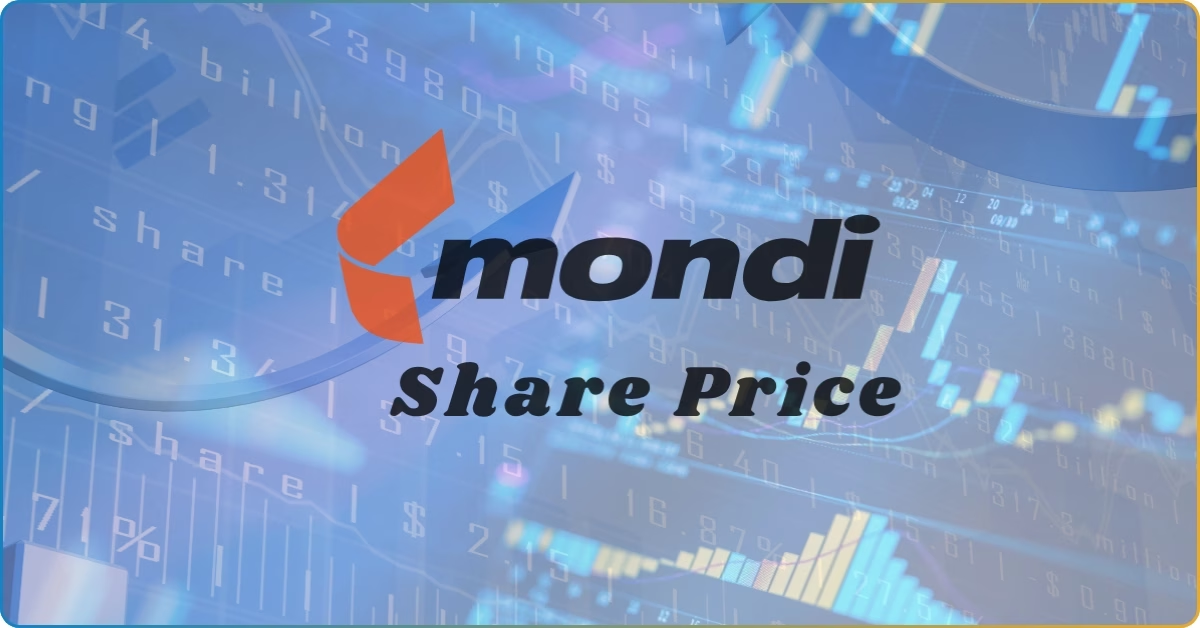Forex trading may seem intimidating at first, especially when you’re bombarded with unfamiliar terms like “pip,” “spread,” or “leverage.”
But here’s the good news: you don’t need to be a financial expert to get started—you just need to learn the lingo. Like any global market, forex has its own set of terms that are the foundation for all successful trades.
Think of it as learning the basic grammar before writing your first sentence.
In this TRU Insight, we’ll walk you through the essential forex terms every beginner should know—broken down in simple, practical language. By the end, you’ll not only understand the talk but be ready to walk the trading walk.
What Is Forex Terminology
Before you can actually participate in the foreign exchange (forex) market, you must first understand forex terminology.
Remember that the forex market has its own language, filled with unique terms and jargon that may confuse beginners. Beating this confusion is critical, providing you with the clarity you need to profit and be safe in the market.
In this section, we’ll break down the most common forex terms to help you build a strong foundation and trade with confidence.
Currency Pairs
In the foreign exchange (forex) market, currencies are always traded in pairs. Why? It’s because you try to profit from the exchange rate between the pair.
A base and a quote comprise a pair—the currencies you buy or sell. Base currency is listed first in the pairing, followed by the quote currency.
When you enter a long position, you technically buy a specific unit of base currency using the quote currency. Meanwhile, executing a short position means you sell the base currency for quote currency.
Let’s look at the EUR/USD pair:
The euro (EUR) is the base currency, and the U.S. dollar (USD) is the quote currency. Currently, the pair is being traded at 1.1029.
This means that 1 EUR is worth 1.1029 USD.
Going long means you’re buying 1 unit of euro for USD 1.1029. Meanwhile, shorting means you’re buying 1.1029 units of USD for EUR 1.
There are three main types of currency pairs:
- Major pairs (e.g., EUR/USD, GBP/USD)
- Minor pairs (e.g., EUR/GBP, GBP/JPY)
- Exotic pairs (e.g., USD/TRY, EUR/SEK)
Remember, understanding the movement of these pairs is the first step in mastering forex trading.
Pips
A pip (short for “percentage in point”) represents the smallest price movement in the pair’s exchange rate. Typically, it’s the fourth decimal point for most pairs aside from USD/JPY.
Let’s look at the previous example in which EUR/USD is traded at 1.1029. A few seconds later, the pair dipped to 1.1020.
This means that the pair had a downward movement of 9 pips.
Pip is an integral concept to forex trading as it helps traders measure price changes and potential profit or loss. The more you understand the concept of pip, the better you can maximize your profit or mitigate risks.
Lots/Position Size
Here’s the thing: when you trade forex, you cannot buy and sell only one or a few units of the currency pair.
It must come in a lot or a group of pair units.
Here are the four common lot sizes when you trade forex. Remember, the size of your lot directly affects your exposure and potential gains or losses.
- Standard lot: 100,000 units
- Mini lot: 10,000 units
- Micro lot: 1,000 units
- Nano lot: 100 units
This makes forex trading, if done without leverage, expensive. Say you’re trading EUR/USD at a 1.1020 rate. Here are the expected costs if you trade the four common lots:
Formula:
Exchange rate x Number of Lot Units
- Standard lot: USD 110,200
- Mini Lot: USD 11,020
- Micro Lot: USD 1,102
- Nano Lot: USD 110.2
Do you need that much capital just to trade forex? No—you have an option to trade in margin.
Margin
Margin is the capital you need to put up in order to access a position with a relatively smaller capital. Imagine this as collateral the forex broker needs to loan you more capital for your trade.
When discussing margin, there are four sub-terms that you need to be aware of:
| Margin Term | What It Is |
|---|---|
| Margin Requirement | Percentage-based data showing the required capital relative to total notional value. |
| Required Margin | Value of the margin requirement or the exact money for collateral. |
| Used Margin | Sum of locked-in capital or margin on your trading account balance. |
| Free Margin | Amount of account money that can be used to open new trades or cushion the account from unrealized losses. |
Leverage
Leverage is the mechanism or the buying power that allows you to access a bigger position relative to your capital or margin. It’s expressed as a ratio, showing what you can trade vs what you have.
Assume your leverage is 100:1—you can access USD 100 for only USD 1. Essentially, your broker will loan you the remaining USD 99.
While leverage can amplify gains, it also increases risk, making it vital to understand this part of forex terminology thoroughly.
Bid and Ask Price
Bid and ask are the prices often shown on the market watchlist—typically, they’re labeled as the buy and sell prices.
- Bid price: The price at which you can sell a currency.
- Ask price: The price at which you can buy a currency.
Remember, the bid is always lower than the ask.
Spread
The spread is the difference between the bid and ask price. It’s essentially the cost of opening a trade, often measured in pips.
For instance, if EUR/USD has a bid price of 1.1000 and an ask price of 1.1002, the spread is 2 pips. This means that you pay your broker 2 pips as a trading fee.
Long Position
A long position means you buy the base currency and expect it to increase in value.
For example, if you go long on EUR/USD, you’re betting that the euro will rise against the dollar.
Short Position
A short position means you sell the base currency, expecting it to fall in value. Going short on GBP/USD implies you believe the British pound will weaken against the U.S. dollar.
Slippage
Slippage occurs when your order is executed at a different price than expected—usually due to high volatility or slow market execution.
It can work for or against you.
Note: Slippage caused the most common dispute between traders and brokers.
Rollover/Swap
You may earn or pay a rollover (or swap) fee when you hold a forex position overnight. This is due to interest rate differences between the currencies in your pair.
Equity
Equity represents the total value of your trading account, including any unrealized profits or losses. It’s a real-time snapshot of your trading power.
Market Order
A market order is an instruction to buy or sell a currency immediately at the best available price. It’s quick but might suffer from slippage in fast-moving markets.
Limit Order
A limit order allows you to set a specific price at which you want to enter or exit the market. Your trade will only execute if the market hits that price or better.
Stop-Loss Order
A stop-loss order automatically closes your trade at a predetermined level to limit your losses. It’s an essential risk-management tool for every trader.
Take-Profit Order
A take-profit order closes your trade once a specific profit level is reached. It helps lock in gains before the market turns against you.
Final Thoughts
Mastering forex terminology is the first real step toward confident, informed trading. Whether setting up your first chart or making your first trade, understanding these basic terms will help you navigate the forex market with clarity and purpose.
The forex world might feel complex at first, but with the right vocabulary in your toolkit, you’re already one step ahead. Keep learning, stay disciplined, and soon you’ll be speaking the language of forex like a pro.















